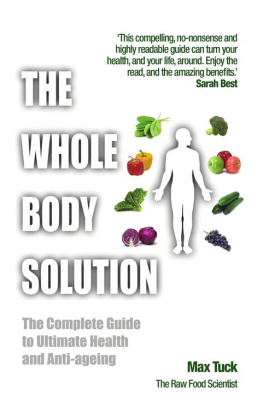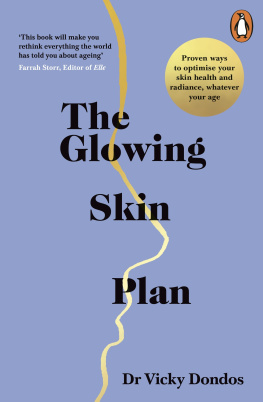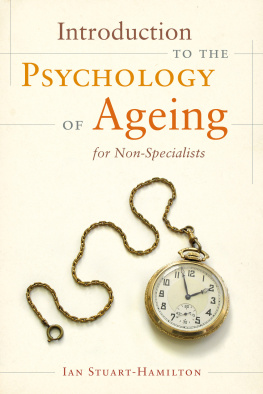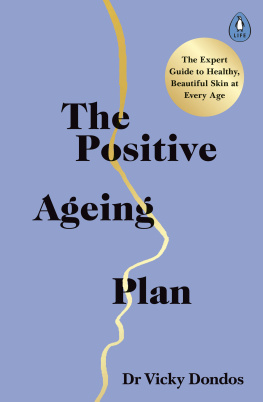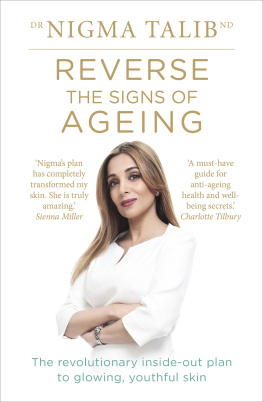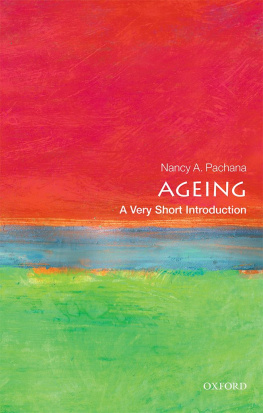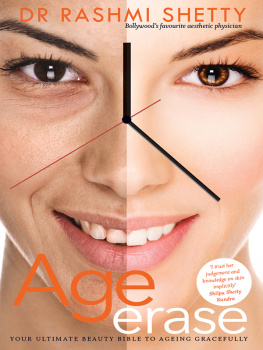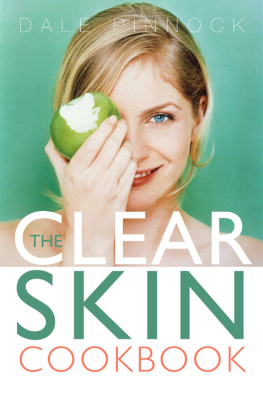To my late husband, Dr Bhasker Pai, my strength, my support
I love you more than you know
I miss you more than you know
Contents
Archaeologists excavating the ancient Indus Valley civilization in the 1920s didnt just discover its brick houses and sophisticated plumbing systems. As dirt yielded to the demands of discovery, they began to uncover jewellery. And a lot of it. An ancient Harappan was found buried with a necklace of 300 soapstone beads. Other evidence suggested that both men and women bedecked themselves with earrings, ear studs, amulets and bangles. You could almost picture giggling girls trying on arm-bangles as they styled their hair in elaborate hairstyles.
As early as about 5000 years ago, we wanted to look good.
Beautification is not a modern construct. From the beginning of society as we know it, men and women have been captivated by their own image. Before the discovery of the mirror, human beings would see their faces in dark pools of water or pieces of polished glass or stone. Carvings on the walls of Egyptian tombs and Indian temples suggest that ancient people put thought and care into their outward appearance. Queen Cleopatra (c.6930 BC) is believed to have bathed in asss milk (the lactic acid in milk is an alpha hydroxy acid that is used in chemical peels today; she was clearly on to something). Lead was used in many cultures with devastating side effects to beautify eyes and even faces. Evidence of evolving civilizations has, in so many cases, existed side by side with evidence of beautification suggesting that, like war and learning and religion, beautification was also a priority. And this was before television, beauty pageants, fillers and Botox.
As a medical practitioner prescribing both medical and cosmetic cures for skin and hair conditions over the last twenty years for tens of thousands of clients, I have seen how skin problems can negatively affect the psyche and how clear, glowing skin can restore confidence. Skin especially of the face is usually the first thing you notice about someone. To dismiss the psychological impact of skin problems as pigments of our imagination or as manifestations of our vanity is to undermine what is perhaps a very primal need to be and look attractive.
Our standards have definitely changed, though. And so have the client profiles that I treat: everyones now looking to tone down the wrinkles, tone down the grey and stay in shape. And while being slimmer is not necessarily better, I do believe that beautification and outward appearance is about discovering and maintaining a standard that you think is right for you . A girl who doesnt want to wax her legs may be fussy about the shape of her eyebrows. A man who thinks pedicures are a bit too girly for him may spend half his salary on hair products. Immaculate eyebrows is her standard. Immaculate hair is his. I also believe that beautification is about guilt or rather, the lack of it, and whether you feel that it is all right to take time out for yourself to keep yourself glowing.
Ive been guiltless about prioritizing beautification since I was about ten. I was your garden-variety class topper, on track to becoming a doctor. But as the schools headgirl, I used to monitor class as closely as I monitored the ironing of the box pleats on my blue uniform. I used to enlist the help of my long-suffering maid to pluck my eyebrows and wax my legs with a recipe I only brought out when my parents went out. And I would spend most of my allowance on haircuts. I made a commitment very early on to maintain my standard.
Later, married to the love of my life and with two boys, as a full-fledged doctor with the Brihanmumbai Municipal Corporation (BMC), I was still dissatisfied despite being a hands-on, working mother because I was unable to fully commit to my passion for beautification. But a chance meeting with a qualified doctor, who also did facials, gave me my Eureka moment: why not combine my medical knowledge with the art and science of beautification? At that time, dermatologists treated acne but not the scars, while beauticians treated the scars but not the recurring episodes of acne. And so, in 1994, Blush Clinics was born. And with it, my second life.
But with birth comes the pain of labour. In the nineties, nobody else was working in this field. There were no protocols or rules for treating Indian skin. I was already an MBBS but there were no reputed cosmetology schools in India back then; I came back from training in beautification from the UK with the equipment and the materials. But all anyone was taught at the time abroad was how to conduct these procedures on Caucasian or white skin. Indian skin has its own peculiarities, Indian climate its own impact. What would the start-to-finish procedure be for treating acne and acne scars in Indians? Or pigmentation patches? Or laser hair removal? We didnt know. And we needed to have our own set of rules.
It didnt help that, twenty years ago, India was not on the radar for international brands. There were no distributors for lasers or Botox, which started three years after I first brought it to India in the year 2000. The first laser machine I was swayed into buying did nothing for acne scars on melanin-rich Indian skin. Through trial and error, through testing and re-testing, through adjusting settings and dosages, I had to make my own rules and, sometimes, break them in order to find the best solutions for Indian skin. I did that by trying out every single procedure on myself first. Its something I still do.
But beautification is not always about injections or jars or tubes. It is also about whats there in our backyards, on our kitchen shelves or in our grandmothers recipe books. Its sometimes about what is not written in the rulebooks but passed down through the generations with love and care. Indians discovered the gem that is turmeric way before the Western world did. And scientific experiments continue to prove us right. This book will help you find the right balance between natural, homemade remedies and more elaborate cosmetic procedures. Because something that may work for you may not be right for someone else.
More importantly, this book will also help you enhance what you have been already blessed with. And hopefully it will help you appreciate just how beautiful you already are. Well cover the hottest beautification trends and celeb secrets, whether it is just simple maintenance or more elaborate procedures, whether youre just looking to scrub your face clean or youd like advice to get fillers done. Be confident with your standard. Not everyones standard does or should fit yours.
Your face tells the world the journey you have travelled. To that end, the best form of beautification shows a life beautifully lived. On the other hand, beautification done badly erases the life that you have lived and why would you want that? Lastly, this book will help you find that oh-so-delicate balance between enhancement and transformation and between transformation and mutation. For the last twenty years, my team of doctors and I have been working to perfect the less is more approach to beautification. Because the best form of anti-ageing is when you or people around you notice that there is a difference but cant seem to figure out what it is. Because the best form of anti-ageing is the kind that keeps you and the people around you guessing. No One Has to Know.
Not everyone will find their way to my clinics. But I think that reading this book will help develop confidence and good health, something I wish for every human being. And do note that in all of the above, I do not use the word beauty but beautification. Theres a difference. Because while I hope I can help beautify you, I believe that true beauty is inherent to you, your thoughts and your actions. No matter what your standard may be.
Primary History: Land of the Indus, accessed 30 December 2014, http://www.bbc.co.uk/schools/primaryhistory/indus_valley/.



